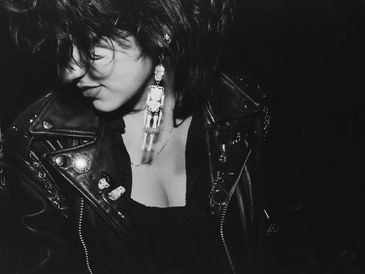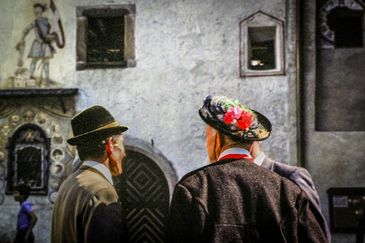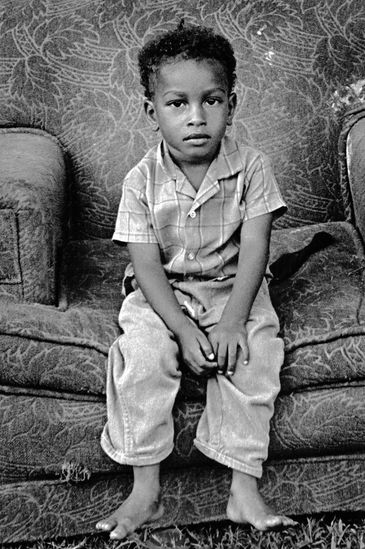
Punks and Skinheads of New York's East Village, 1984-1987
Punks and Skinheads of New York's East Village, 1984-1987
Punks and Skinheads of New York's East Village, 1984-1987
Between 1984-1987 I photographed the punks and skinhead community of the East Village in New York City. They lived in abandoned buildings in some of the seediest stretches of the city. Despite the drugs, poverty and violence, the creative impulse was there, turning rubble strewn vacant lots into urban gardens, abandoned buildings into housing, and anger into music -- creating a community.
Check out the book: Punks and Skinheads of the East Village
CLICK STORE IN ABOVE MENU

Coney Island, Brooklyn, NewYork
Punks and Skinheads of New York's East Village, 1984-1987
Punks and Skinheads of New York's East Village, 1984-1987
Coney Island is a vibrant embodiment of the American dream, where the spirit of fun and amusement transcends ethnic differences. This iconic destination has historically served as a welcoming place for immigrants, representing a melting pot of cultures and a crossroads of diversity. Here, people from all walks of life and nationalities come together to enjoy a good time, to connect with others, and to celebrate their individuality.

The Savage Nomads, Bronx, New York
Punks and Skinheads of New York's East Village, 1984-1987
The Savage Nomads, Bronx, New York
The Savage Nomads were a Puerto Rican and African American street gang operating in the South Bronx -- a very dangerous area of New York during the late 1980s. Their meeting house was a four room apartment in a tenement building. They were amused to show me that they had an American Express card issued with the name of their gang on it.
.

Italian South Tyrol
Italian South Tyrol
The Savage Nomads, Bronx, New York
I grew up in a city nestled in the South Tyrol region of the Italian Alps. Surrounded by charming Alpine villages, farms, pastures, valleys, and medieval castles, this place has always held a special significance for me. After World War I, when Italy acquired this area from the Austro-Hungarian Empire, the descendants of the original Austrian farmers preserved their culture and traditions despite having forcibly become Italian citizens. Throughout the year, feasts and celebrations dating back to the Middle Ages bring the community together. From June to September, farmers bring their livestock to the highlands and reside in traditional stone huts, following the footsteps of their nomadic ancestors.

Houston, Texas
Italian South Tyrol
Italian Americans
Houston was a city teeming with wealth as well as deep poverty in 1970 when I photographed there. On the fringes of high-rise office buildings and opulent communities, lay communities plagued by profound poverty with people living in dilapidated shacks, with open drainage ditches lining the unpaved streets. Today, these neighborhoods have been transformed through the process of gentrification, their scars paved over. The fate of the residents, who once called these neighborhoods home, remains unknown.

Italian Americans
Italian South Tyrol
Italian Americans
On one assignment, photographing musicians from Calabria, an anthropologist and I drove up to a working-class neighborhood in New Jersey on a drab overcast day. Suddenly we heard the haunting supernatural sounds of a bagpipe coming from this house, making it feel like the house was alive with energy. We were invited into the basement where tables of home made Italian food were set up, homemade wine offered and music, singing, and dancing filled the day. One might not suspect, passing this simple house, the sealed treasure within.

Beauty Parlors, Chicago, New York
Beauty Parlors, Chicago, New York
Beauty Parlors, Chicago, New York
I photographed beauty parlors in Chicago and New York in the late 1970s. I was interested in exploring the subculture of working class women that made going to these parlors a weekly ritual. These were places where women could go to feel more attractive and get doting care. But they were also informal clubs where women could gossip, share food, stories and laughter with other regular patrons.

Hindu Temple, New York
Beauty Parlors, Chicago, New York
Hindu Temple, New York
Queens, New York has become a melting pot of immigrants from every corner of the world. They have transformed the once drab borough into a place with a cacophony of languages, vibrant street life and a tapestry of colorful traditions. This Hindu temple stands as a testament to the richness of immigrant communities who made Queens their home.
Copyright © 2024 Photography - All Rights Reserved.
Powered by GoDaddy
This website uses cookies.
We use cookies to analyze website traffic and optimize your website experience. By accepting our use of cookies, your data will be aggregated with all other user data.
